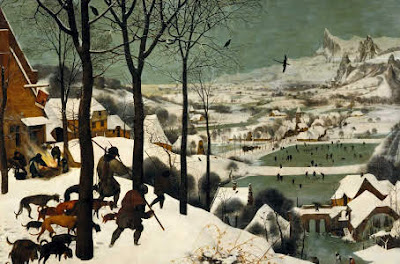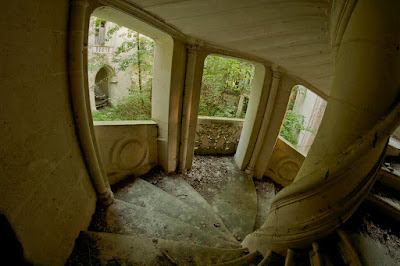Today Rod Dreher
contemplates a 1932 novel by Joseph Roth,
The Radetzky March. This book chronicles the decline and fall of the Austro-Hungarian Empire through the lens of one noble family. Roth was a great lover of that empire, and in 1932, amidst the Depression and the rise of Hitler and Stalin, he missed it very badly.
But he also understood why it was doomed:
Radetzky is set mostly in the period in which the young chafed under the pointlessness of traditions. In the most painful episode of the book, two young men are bound by the military’s code of honor to fight a duel to the death over an insulting remark one made to the other. Honor is everything in that hierarchical, monarchical world. Baron von Trotta, a hidebound state bureaucrat, lives his life in the strictest observation of protocol and social etiquette — to the point where he only sees others, including his son, according to their assigned roles in the system.
In the 20th century, ideas and institutions that had held human imaginations for centuries – royalty, nobility, honor,
noblesse oblige, – ceased to mean anything. As a result, people stopped following the rituals of the old world, stopped taking its strictures seriously. That world fell, giving us mass democracy, fascism, communism, anti-colonial revolts, and much more. So here is Dreher's question:
What makes Radetzky resonate so deeply is that the story it tells is a universal one, though it happens to be set in a particular time and place. It is a story about the effect of time on all human institutions and ways of seeing the world. It’s impossible to read Radetzky without wondering if our own liberal democratic institutions and ways of ordering our experiences are declining as surely as the Austro-Hungarian monarchy — and we can’t see it clearly because we are caught up inside it, and we have powerful internal confirmation biases telling us that something this fine should be eternal.
It's an interesting question. I see data like the declining percentage of young people who think democracy is "essential" as a bit of froth thrown up by our current political impasse. But what if these polls, and the rise of Trump, are signs that our order is losing its legitimacy and may soon be swept away? What if our contempt for leaders and institutions, our declining level of trust in just about everything around us, is a sign that we will soon cast them all off in pursuit of some radical future?
To this I say that we could only cast off the liberal democratic order if we had something to replace it, and there is no other theory that might fill that role. So until superhuman AI dreams up a new system for us, we are stuck with what we have: democracy, human rights, partisan politics, mixed economies, and so on. Dreher notes that my view is shared by, among many others, conservative writer Patrick Deneen. Deneen recommends this program:
- Acknowledge liberalism’s achievements and reject the idea that we can return to a pre-liberal age.
- “Outgrow the age of ideology.” That is, put aside beliefs in grand ideological narratives (communism, fascism, liberalism), and instead “focus on developing practices that foster new forms of culture, household economics, and polis life.”
- Be patient as we wait for a “better theory of politics and society” to emerge out of practical experience of post-liberal life. Deneen predicts that the future of our politics will emerge out of countercultural “options” — his word — that, as the liberal order further declines, will be seen increasingly as “necessities”.
I suppose the example of Nazism shows that it wouldn't take a good alternative to overthrow democratic capitalism, just one that excites a sizable minority. So it falls to we sane people to defend the existing order until something genuinely better comes along.


















































